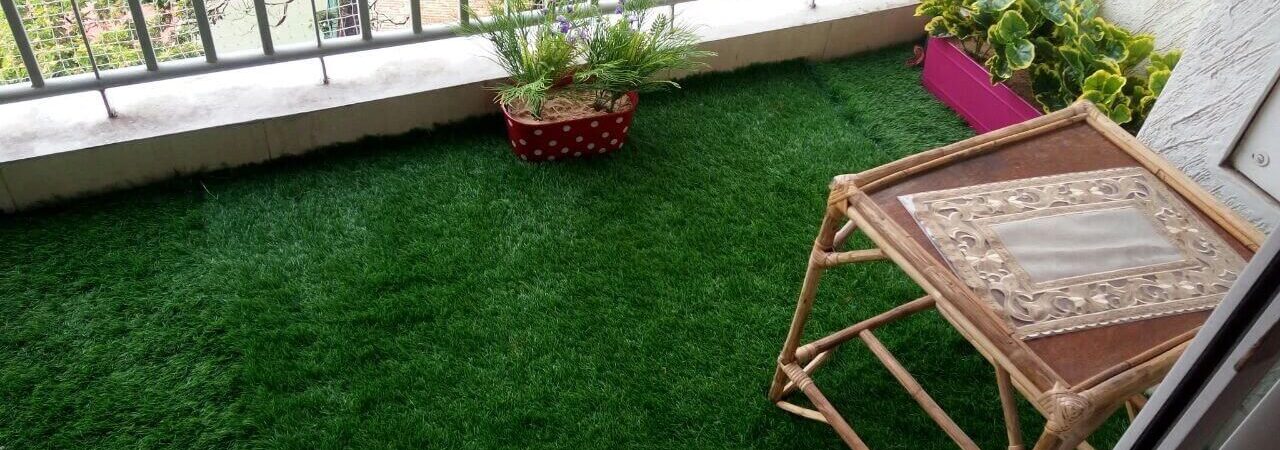The best Artificial grass for home use depends on your individual needs and preferences. Some of the most popular options include synthetic turf, artificial turf, and hybrid turf. Synthetic turf has a natural look and feel and is low maintenance. Artificial turf is durable and can last for many years, but it is more expensive than synthetic turf. Hybrid turf is a combination of synthetic and natural grass, providing a more realistic look and feel.
Each type of grass has its advantages and disadvantages, so it’s important to research your options and choose the best option for your home. The best artificial grass for home use depends on the specific needs of the homeowner. Some of the factors to consider when choosing the best artificial grass include the type of turf desired, the desired color and texture, and the level of maintenance required. Some of the most popular types of artificial grass include polyethylene, polypropylene, nylon, and polyethylene/polypropylene blend. There are also different colors and textures available, so homeowners can choose the one that best fits their needs.
Choosing the Right Underlay for Your Artificial Grass
When it comes to Artificial Grass, the right underlay is essential for creating a comfortable and safe surface. When selecting an underlay, there are several factors to consider, such as the type of grass, the amount of traffic the surface will receive, the potential for water absorption, and the overall desired effect. Here is a guide to help you choose the right underlay for your artificial grass.
The type of Grass you are installing will have a direct impact on the type of underlay you choose. For example, if you are installing denser artificial grass, such as a short pile, then you will need a thicker and more supportive underlay. On the other hand, if you are installing less dense grass, such as a medium or long pile, then a thinner and less supportive underlay may be more appropriate. Amount of Traffic The amount of traffic the artificial grass will receive is another important factor to consider when selecting an underlay. If the area will be heavily used, then a thicker, more supportive underlay is recommended. This will provide a firmer, more comfortable surface and will help prevent the grass from becoming flattened or worn. On the other hand, if the area will receive little to no traffic, then a thinner and less supportive underlay may be suitable. Water Absorption The potential for water absorption is also an important factor to consider when selecting an underlay.
If the area is prone to flooding or other water accumulation, then an absorbent underlay is recommended. This will help to reduce the risk of water damage to the artificial grass and will create a safer surface. On the other hand, if the area is not prone to water accumulation, then a non-absorbent underlay may be more suitable. Overall Desired Effect Finally, the overall desired effect should also be taken into consideration when selecting an underlay for your artificial grass.
If you are looking for a softer, more cushioned surface, then a thicker and more supportive underlay is recommended. On the other hand, if you are looking for a firmer, more solid surface, then a thinner and less supportive underlay may be more suitable. Overall, choosing the right underlay for your artificial grass is essential for creating a comfortable and safe surface.


